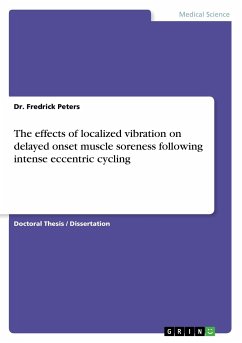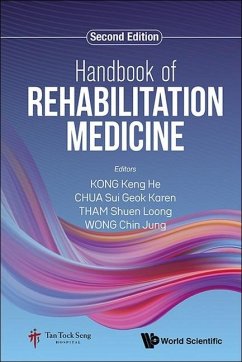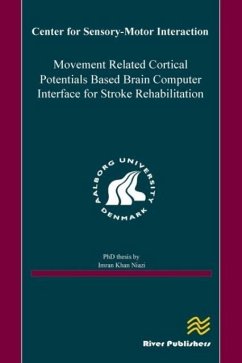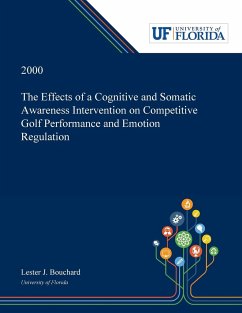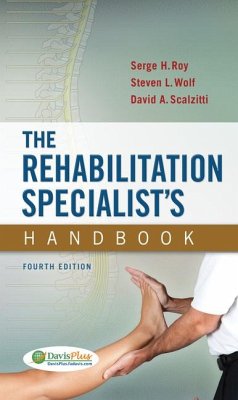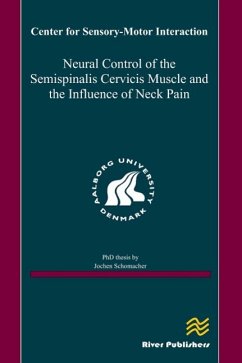
Neural Control of the Semispinalis Cervicis Muscle and the Influence of Neck Pain
Versandkostenfrei!
Versandfertig in 1-2 Wochen
42,99 €
inkl. MwSt.

PAYBACK Punkte
21 °P sammeln!
The objective of this book is the investigation of the activation of the deep cervical extensor semispinalis cervicis. Together with the deep flexor muscles the deep cervical extensors participate essentially in motor control and stabilization of the cervical spine. Apart from one study showing reduced activity of the deep cervical extensors in patients with neck pain data of activation of the deep cervical extensors are lacking. The first study showed a lower recruitment threshold and a higher number of active motor units in healthy subjects at the spinal level C5 compared to C2 reflecting a ...
The objective of this book is the investigation of the activation of the deep cervical extensor semispinalis cervicis. Together with the deep flexor muscles the deep cervical extensors participate essentially in motor control and stabilization of the cervical spine. Apart from one study showing reduced activity of the deep cervical extensors in patients with neck pain data of activation of the deep cervical extensors are lacking. The first study showed a lower recruitment threshold and a higher number of active motor units in healthy subjects at the spinal level C5 compared to C2 reflecting a partially independent neural drive to fascicles of semispinalis cervicis which might be determined by mechanical needs and advantages. The second study discovered lower activity of the semispinalis cervicis in patients with neck pain compared to healthy controls at level C3. Study 3 revealed higher tenderness to pressure of the tissues in patients compared to controls which in both groups was higher at C2 compared to C5. Values of both groups together showed a weak correlation to EMG activity. Study 4 found more activity of semispinalis cervicis relative to splenius capitis when pushing against a resistance at C2 compared to resistances at the occiput and C5. Consequently, activity of semispinalis cervicis seems to be reduced in patients with neck pain, and the muscle offers the possibility of emphasized activation. Further research for investigation of the effect of such an exercise is needed.




